Buyer’s Guide for Choosing an HVAC System
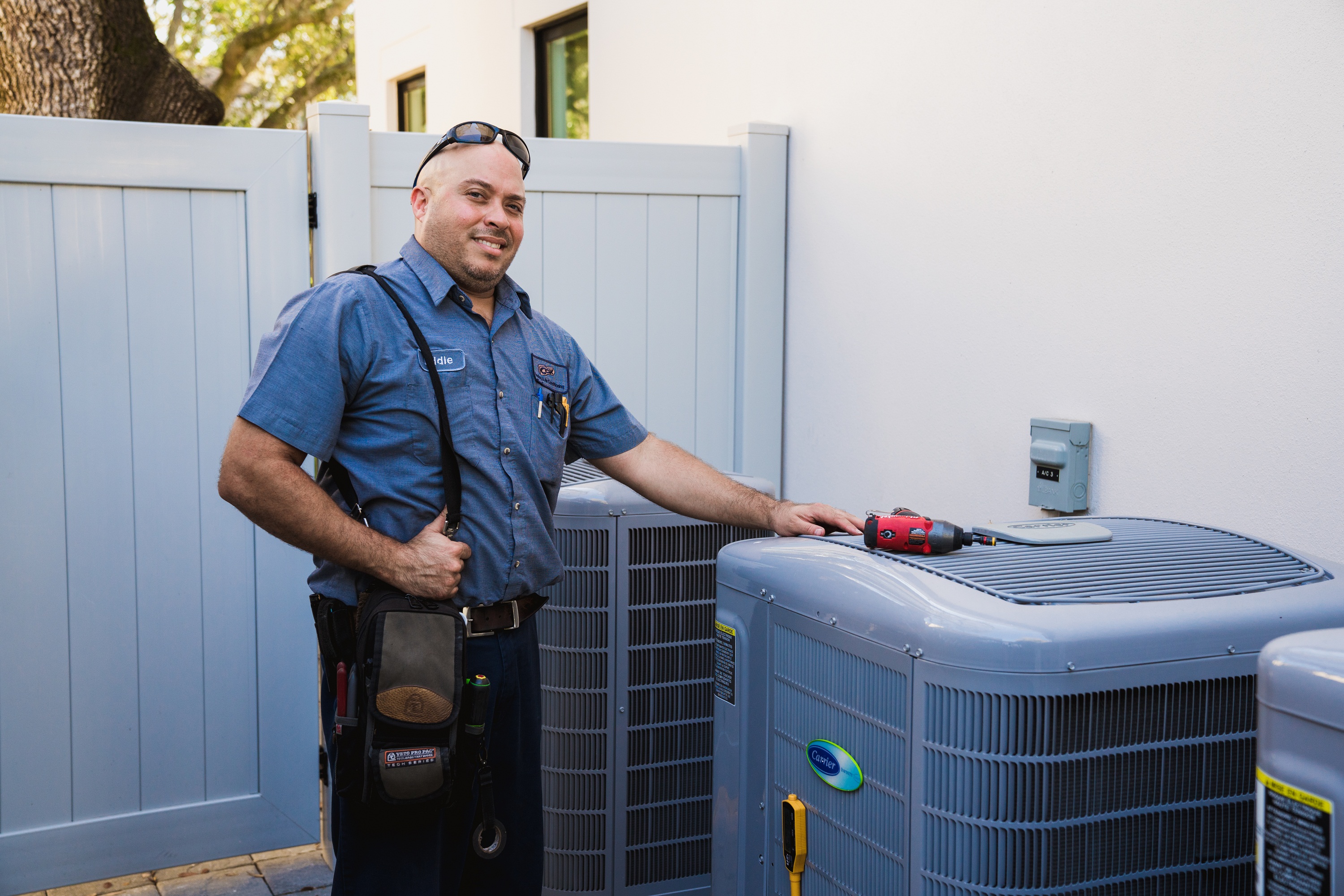
Ductless Mini-Split vs Central AC: What You Need to Know

Warning Signs That You Have Poor Indoor Air Quality
Did you know that the quality of your indoor air can have an impact on your health? In addition to exercising and eating right, the quality of the air you’re breathing is important to preventing illness inside your home. Here are a few signs of poor air quality to look for, from the HVAC experts at Cox Air.
Illness and Fatigue
For homeowners who are predisposed to seasonal allergies, you know when to stock up on allergy medications. However, when you experience allergy-like symptoms and illnesses outside of the typical allergy season, it could be something in your home that’s making you sick. Poor air quality can cause symptoms like a sore throat, running nose, sneezing, coughing, and watery eyes. Homeowners can also develop insomnia, sleep apnea, and snoring problems because of poor air quality. Studies involving office environments have shown that breathing pure air increases alertness and productivity while poor air quality induces fatigue and lethargy.
Dust and Allergens
The most common culprits of poor air quality are airborne allergens. Dust, dander, and mold spores are airborne particulates that will contaminate your air and make you sick. Dust and dander can build up inside your ductwork and vents, clogging your system and recycling poor quality air throughout the home. Clogged ducts and filters force your HVAC to work harder, which can drive up your monthly energy costs. Mold is a very dangerous allergen that thrives in moisture-rich rooms like your bathroom, basement, and kitchen cabinets. If left unchecked, mold can take over a home and cause serious respiratory problems like asthma and COPD.
High Humidity Levels
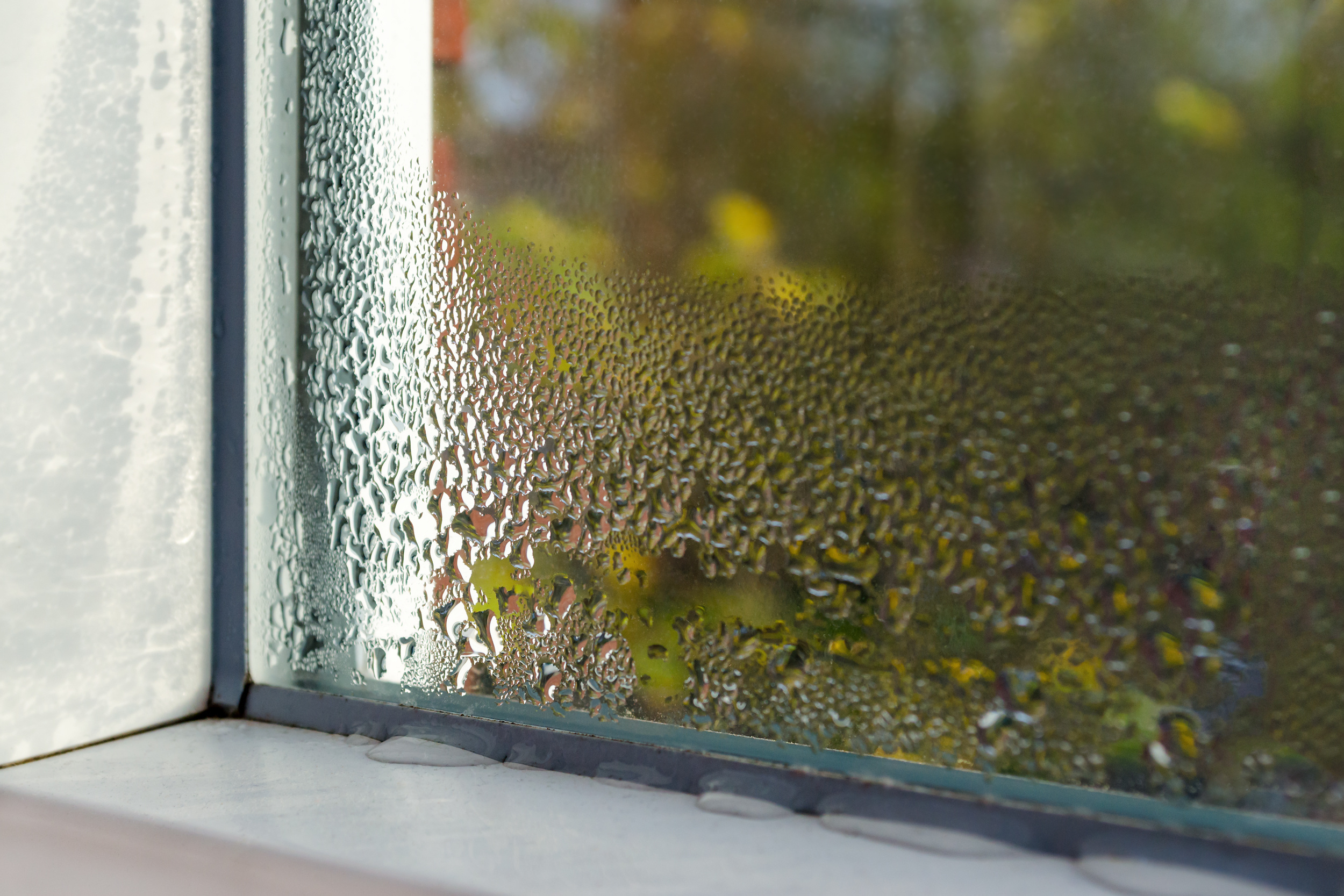
Unusual Odors
If you’ve taken out the trash and still notice a foul smell in your home, it could be another sign of indoor air pollution. Mold and mildew have very distinct smells, but stagnant air is another type of air pollution. It’s more common during the winter months when people spend more time indoors with the windows closed.
Clogged Air Filters
When was the last time you changed your air filter? If you can’t remember, the chances are that could be the reason why your air quality is suffering. As mentioned earlier, a clogged filter makes your AC work hard, but it’s also a breeding ground for mold and allergens. Filters should be changed at least once every 90 days, or every 30 days if you have pets. A high-quality HEPA filter is designed to trap dust, pet dander, and pollen, as well as airborne viruses, bacteria, and mold spores.
4 Brilliant Ways to Minimize Strain on Your AC System
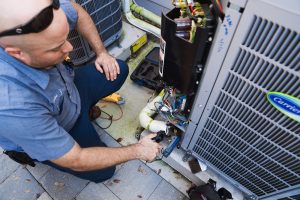
3 Reasons Why It’s Important to Clean Your AC Ducts
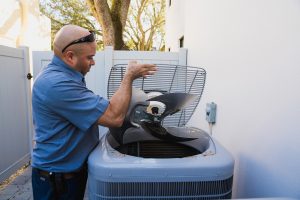
3 Signs It’s Time for an Air Conditioning Tune-Up
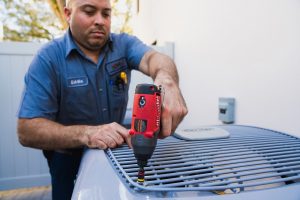
5 Low-Cost Ways to Boost the Efficiency of Your AC

Why Should You Hire A Professional for HVAC Maintenance?
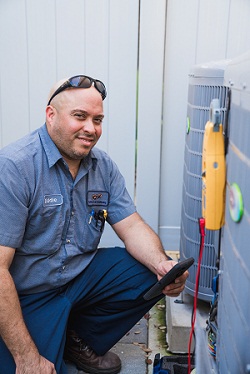
When Willis Carrier, a 25-year-old engineer, invented the first air conditioner in 1902, he could never have dreamed it would become a standard nationwide accessory.
It can often feel that your heat, ventilation, and air coolant systems come on, as if by magic. Yet, the reality is that each of these units is a complex maze of wires, tubes, and coils, not to mention the temperature-resistant fluids required to keep the system running smoothly.
HVAC technicians are professionally trained on each module, allowing them to inspect, assess, and repair any issues. There are many reasons why you should never attempt to self-diagnose or repair your systems when they aren’t working properly.
Safety
Safety should always be your first priority. Heating, ventilation, and coolant systems can be dangerous if safety steps aren’t followed. A trained, certified HVAC technician knows how to safely interact with the wiring and plumbing, both to protect himself and prevent causing irrevocable damage to your unit.
Knowledge Base
A fully trained HVAC technician completes two full years of education and hands-on training. The curriculum is rigorous, giving them opportunities to interact with a myriad of system failures, then practice solutions. Chances are that the person who shows up at your door has seen your HVAC issue before and can fix it efficiently.
Finances
If your system is under warranty, you run the risk of invalidating the coverage if anyone other than a certified technician addresses the issue. Moreover, trained HVAC staff know how to diagnose starting with the most commonly seen problems. Often, they’re quick to spot, easy to resolve, and, best of all, not that expensive. Companies report that many home or business owners who try self-repair as a way to save money actually end up causing major damage to the system. In the end, they end up spending copious amounts to repair, or replace, the unit.
Specialized Tools
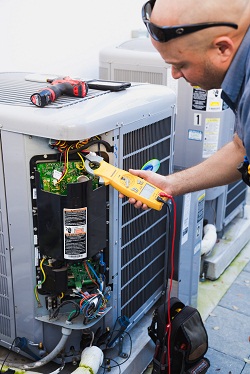
Continuing Education
To maintain current certification, HVAC technicians must stay up-to-date on the most recent findings in the industry and renew their license annually.
Recordkeeping
When you hire someone from a reputable company they keep track of your system issues, complete routine maintenance on time, and “know” your system. This is especially useful when you call to report an issue. They have no need to duplicate past tests and can diagnose the new problem quickly.
If you’re experiencing malfunctions with your heating, ventilation, or coolant systems, don’t attempt to fix it yourself. Call a trained, certified, and experienced HVAC technician.
What Are the Conditions under Which Mold Grows?
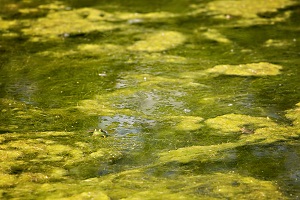
Mold lives on three things: water, organic matter, and heat. When the right moisture content combines with an ideal temperature around sheetrock, paper, or fabric, it creates mold growth. When these conditions persist over time, the mold spreads and evolves, often causing health issues. Take the time to learn the optimal growing conditions for mold so you can keep yourself, and your family, safe.
Water
Standing water is a perfect environment for mold growth. Algae is common in swimming pools, lakes, and ponds. Yet, because water exists in more than one state, it becomes a stealthy part of the recipe for mold in buildings.
Moisture control is key to preventing mold from growing in your home.
- Air Temperature
Depending on where you live, climate control can be a real challenge. If you live in a hot, dry area, your strategy for minimizing moisture will be different than if your landscape is extremely humid. Work with a trained HVAC technician to determine your home’s ideal moisture level to prevent mold from growing.
- Proper Ventilation
Standing moisture is an ideal setting for the evolution of mold spores. This is often an issue in bathrooms and other water-heavy areas. The moisture needs somewhere to go and a way to exit your home. You may need to install either a humidifier or a dehumidifier to keep the moisture from becoming excessive.
Organic Food Matter
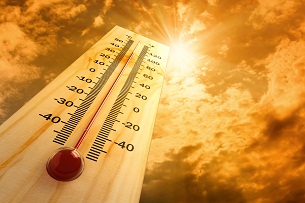
Heat
Heat is the most predictable of the three conditions that work in combination to grow mold. Mold generally doesn’t grow in consistently cold environments. However, if you’re located in a climate that is hot and humid at least part of the year, you may already have mold present in your home.
The ideal temperature for mold growth is at least 70-degrees Fahrenheit or 20-degrees Celsius. If you’re in a region that’s warm year-round, it’s essential you hire a trained, certified HVAC worker to install an air-conditioning unit in your home. This is the first step to controlling mold growth and its ability to spread throughout your house.
Call a trained HVAC technician from a reputable company today. Have them do a thorough sweep of your home, both the interior and exterior, to determine your current mold profile: varieties, quantities, and toxicity. They’ll create a plan to minimize the rate of growth and keep your family safe.
How Your Thermostat Helps Maintain the AC Temperature at Home

The evolution of digital thermostats and wirelessly connected devices are taking home temperature regulation to a whole new level. Manual thermostats are being replaced with digital models with increasing frequency. Homeowners are choosing digital thermostats for a number of compelling reasons.
Programmability
No one likes the idea of wasting money, but that’s exactly what you’re doing when your house is vacant and the thermostat is still telling the heat or air-conditioning systems to regulate the temperature.
Imagine programming the device to make the house comfortable during the early morning hours before you leave and just before you return from work. In the intermittent hours your digital thermostat automatically adjusts the air temperature, reducing your fuel and electricity bill. You can even program your digital device to maintain a specific temperature when you go away on vacation, having it reset to your base settings just before you return.
Efficiency
Digital thermostat systems work in tandem with energy-efficient furnaces and air-conditioners. After installation and programming, the three devices work as one system, continually communicating with each other based on the settings you chose. Your furnace and air-conditioner are always at the ready, waiting for the signal from the thermostat to do their job.
The Process
Unlike a wired model, digital thermostats communicate with your air-conditioner without employing any moving parts. Instead, they use thermistors and semiconductors to measure air temperature. Digital devices are fitted with screens that always display the current room temperature, which mode is engaged (heat or cool), the day of the week, and in some models, a humidity read-out.
Based on the data the thermostat automatically triggers a virtual “switch” via a triad. The triad receives the signal, switching the current, and creates a change in air quality.
Savings
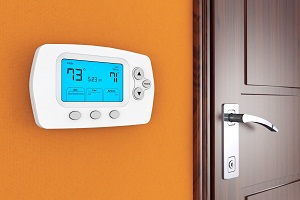
Newer digital thermostats are able to signal the homeowner when something isn’t quite right with their system. These tend to be quick service calls with immediate resolutions. Gone undetected, small issues can become massive malfunctions over time, costing far more than a service call fee (which may be covered under your warranty) and a few small replacement parts.
Accessibility
The smartphone in your back pocket gives you immediate access to nearly everything you need to run your daily life. And now, by installing a quick app, it can give you control of your digital thermostat too. Imagine leaving for a week-long business trip and not being sure you reset the system for your extended vacancy. Simply pull out your phone, open the app and made the necessary adjustments.



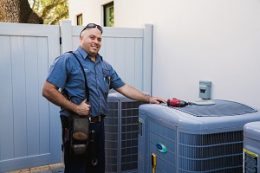
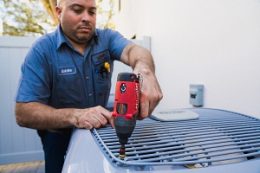
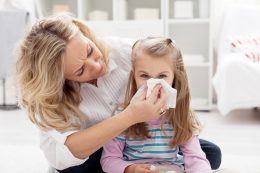
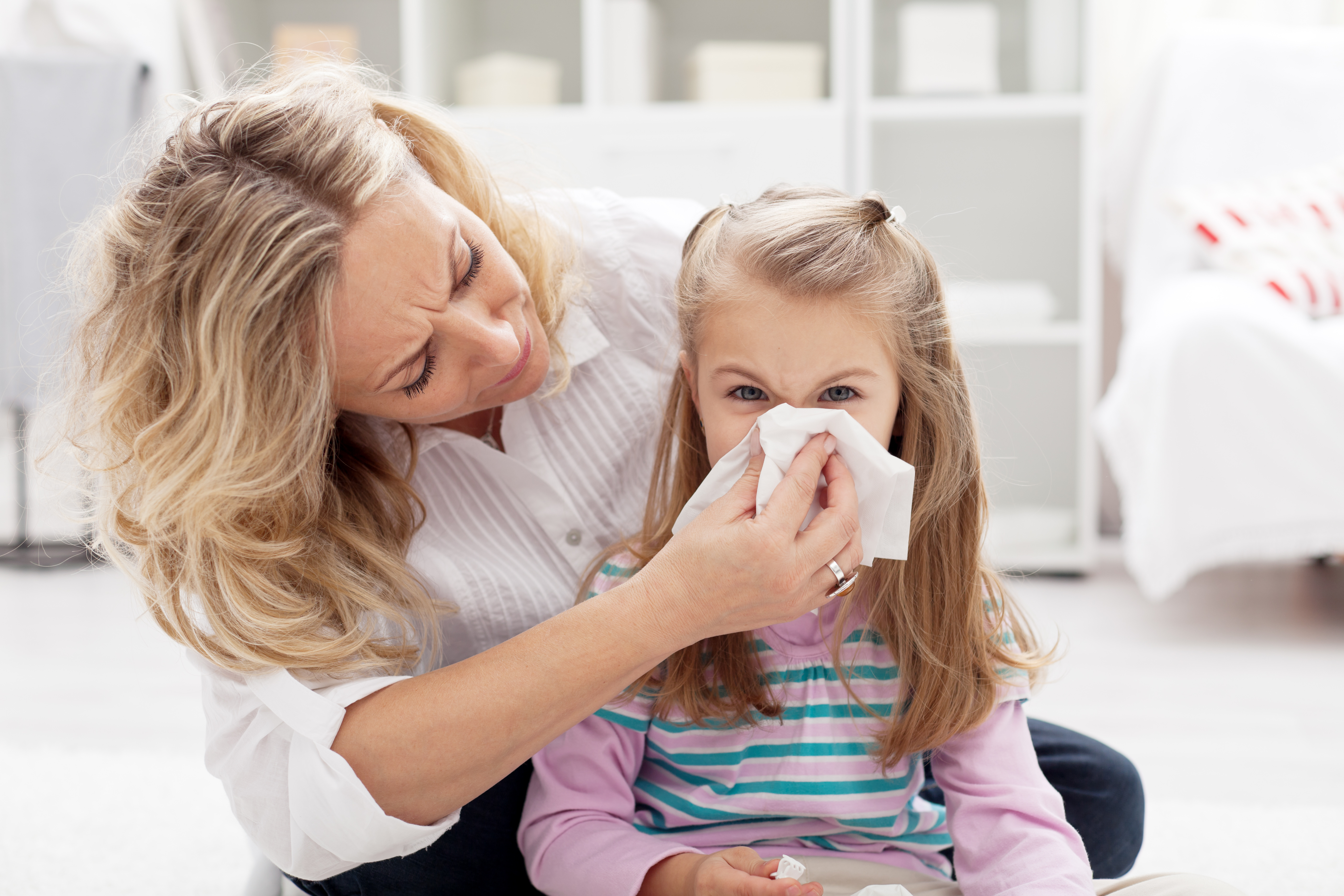








Recent Comments